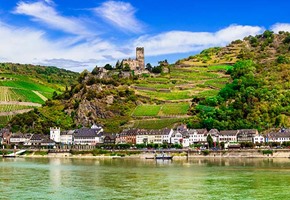
The best towns and cities along the Rhine River
13/05/2024 · By Sam Preece
Explore enchanting towns and cities along the Rhine River with Great Rail Journeys. Read our guide to the best destinations along this iconic river.
Read moreGoslar was established primarily as a mining town, being just in the shadow of the Rammelsberg Mountain. Silver was discovered there in the 10th century, and the town immediately prospered from this - becoming known as "the treasure chest of the Holy Roman Empire". The town soon became a favourite summer residence of the German Emperors. In the later Middle Ages both lead and zinc were discovered in the vicinity. With this further boost to the local economy, Goslar was soon ranked as one of the most prosperous communities in Europe.
Two large fires swept through Goslar in 1800, destroying a large
number of buildings there. But in spite of this, and the bombing of
the Harz area in the Second World War, much of the town's historic
architecture remains intact. In fact, Goslar is home to almost 1500
buildings dating from the 15th to the 19th centuries - 168 of which
are from before 1550. Today the entire town now enjoys the status
of a protected monument.
Rammelsberg is a 2086 ft (636m) mountain at the edge of Goslar.
The mines there served the town from the 10th century right up
until the 1980s, when the mine was finally exhausted. The site was
quickly awarded UNESCO World Heritage status, and there is now a
museum detailing the history of the mine, and some of the
industrial equipment used in it.
The Kaiserpfalz was built by the German Emperor Henry II at the
beginning of the 11th century, after silver had been discovered in
the mine nearby. The grand structure was designed as a summer
residence, and was used as such for many years, though it was
almost destroyed by the fires of 1800. However, it was restored by
Kaiser Wilhelm I in 1868, and it is now the largest Romanesque
palace to have survived anywhere in Europe. Now the palace is open
daily, and the stunning interior is a joy to discover.
Find out more with a free brochure and enjoy weekly travel inspiration and offers in our e-newsletter.
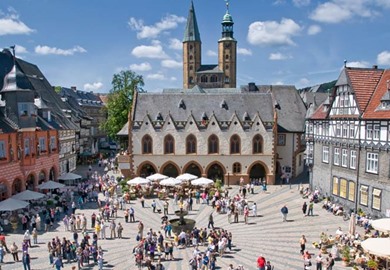
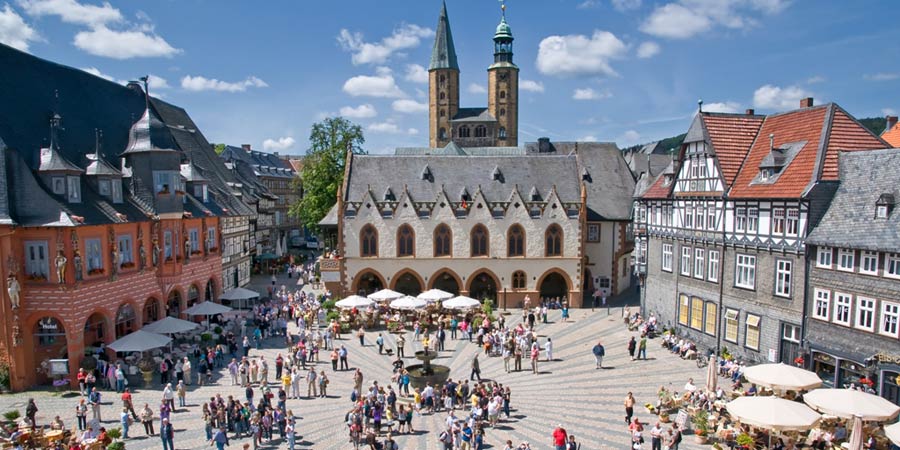
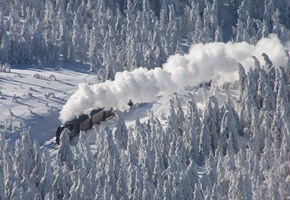
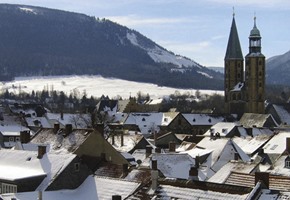
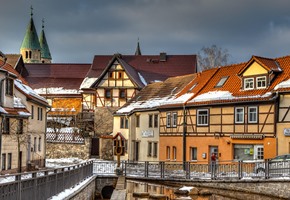
 (77 reviews)
(77 reviews)Join us on a magical winter journey amongst the scenic valleys and mountain peaks of Germany's Harz Mountains. Travel on two heritage steam trains, including the Brocken Railway, and discover World Heritage towns with medieval architecture and cobbled lanes. Our base is Wernigerode, a town with timber-framed buildings and a fairytale castle,...
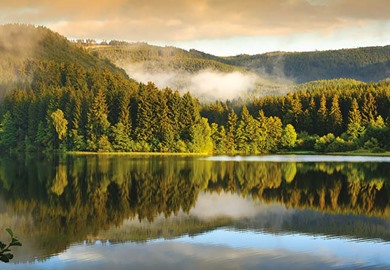
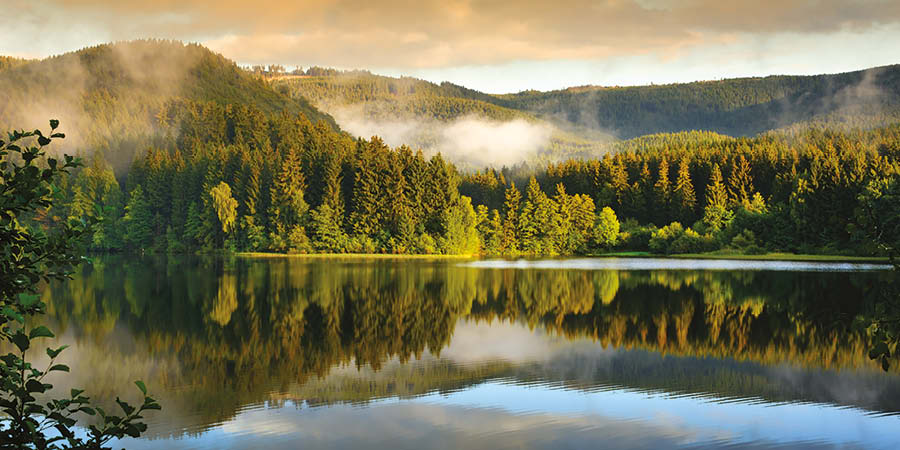
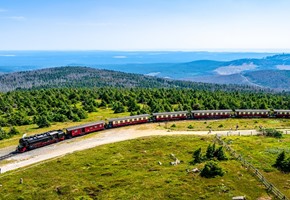
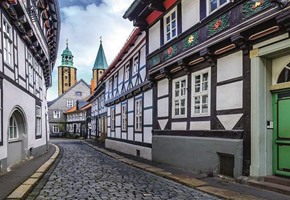
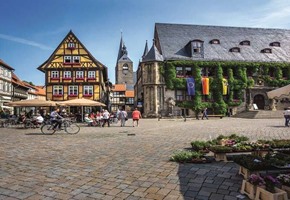
 (121 reviews)
(121 reviews)Embark on a voyage of discovery amid half-timbered towns, rolling mountains and gleaming rivers in some of Germany's most picturesque locations. Explore the medieval villages of Wernigerode, Quedlinburg and Goslar and journey to the peak of the Harz Mountains by historic narrow-gauge railway. Uncover the idyllic towns of Assmannshausen...
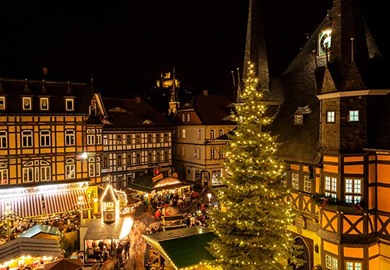
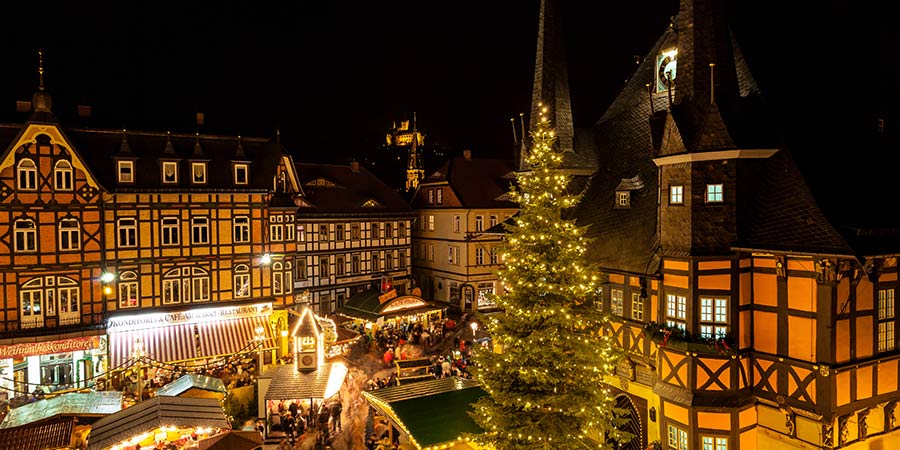

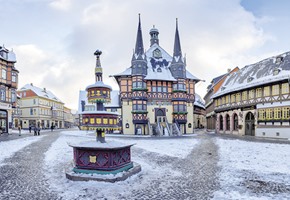
 (43 reviews)
(43 reviews)The Harz Mountains' medieval towns and picturesque landscapes are perfect for soaking up the traditions of Advent in Germany. Join us as we visit three of the region's traditional Christmas markets, UNESCO-listed Old Towns and enjoy a steam train ride through picture-book winter scenery to the summit of the Brocken, Germany's highest summit.


